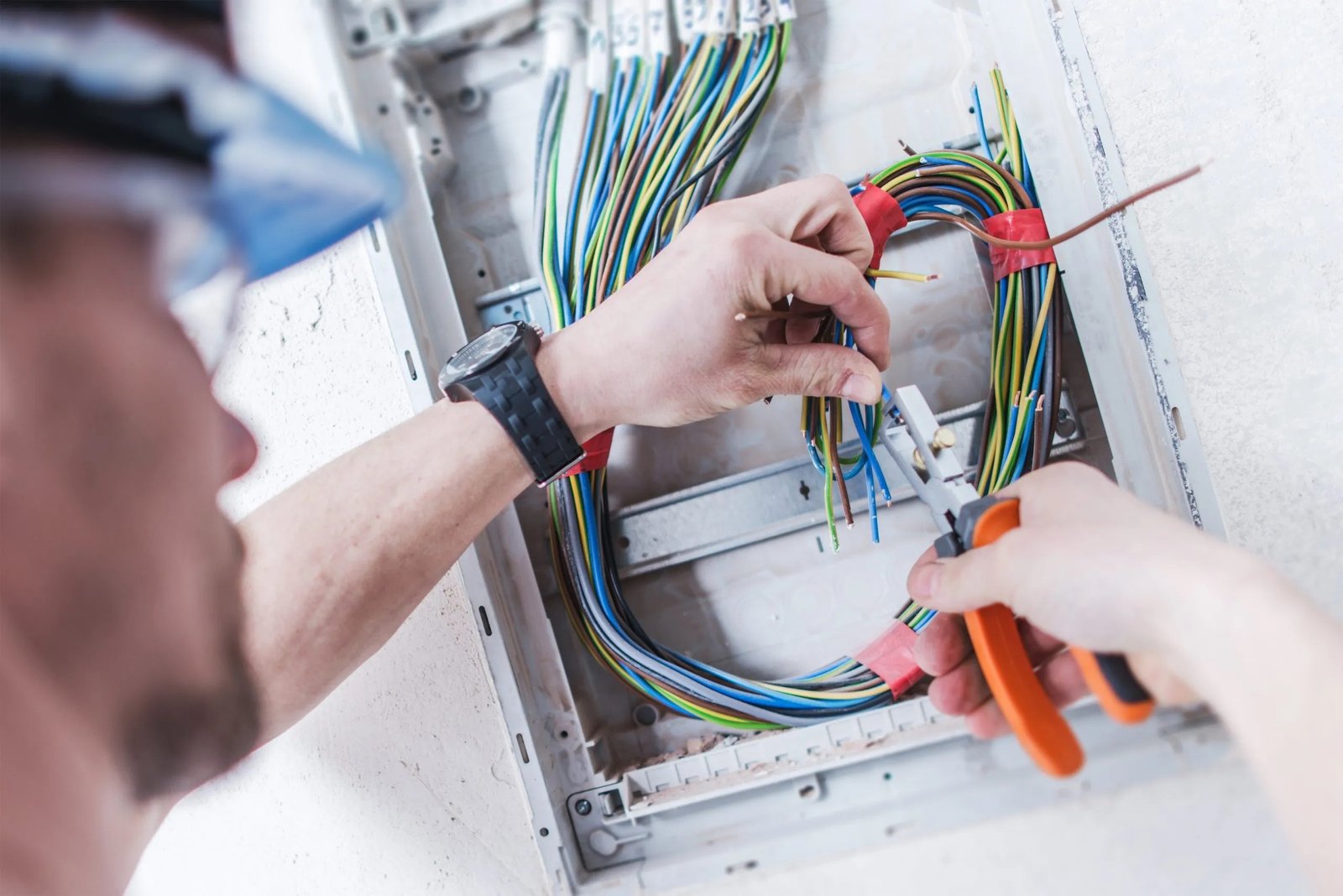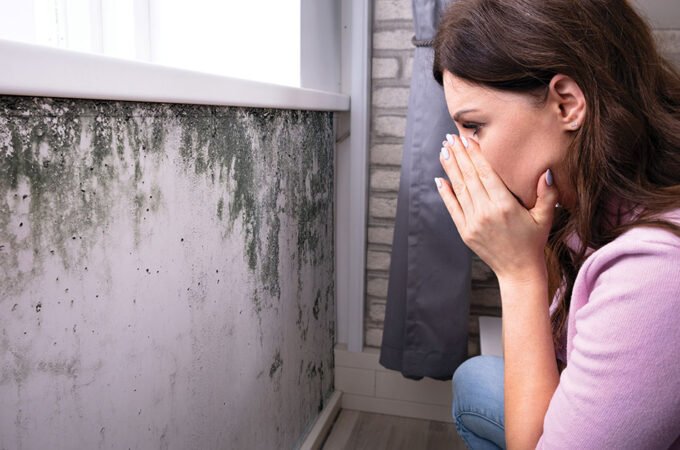
What Is an EICR Certificate and How Does It Vary in London?
An Electrical Installation Condition Report (EICR certificate) assesses the condition and safety of electrical installations in a property. It is typically carried out by a qualified electrician or electrical contractor and involves a thorough inspection and testing of the electrical wiring, circuits, switches, sockets, and other electrical components.
In London, EICRs are essential for ensuring the safety and compliance of electrical installations in residential, commercial, and industrial properties. However, there may be some variations in how EICRs are conducted and regulated compared to other regions. Here’s how EICRs vary in London and some pros and cons:
Table of Contents
ToggleVariations in London:
- Regulations and Standards: EICRs in London are conducted in accordance with the wiring regulations set out in the UK’s national standards, such as the British Standard BS 7671 (Requirements for Electrical Installations). However, local authorities or housing associations may have additional requirements or guidelines that electricians must adhere to when conducting EICRs.
- Licensing and Accreditation: In London, electricians and electrical contractors must be properly licensed, accredited, and qualified to carry out EICRs. This ensures that the inspections are conducted by competent professionals who have the necessary training and expertise to identify potential safety hazards and issues.
- Property Types: EICRs may vary depending on the type and age of the property being inspected. Older properties in London may have outdated electrical installations that require more extensive testing and remediation to ensure compliance with current safety standards.
Pros of EICR in London:
- Enhanced Safety: EICRs help identify potential electrical hazards, faults, and defects within a property, reducing the risk of electrical fires, shocks, and accidents. This promotes the safety and well-being of occupants and visitors.
- Compliance: EICRs ensure that electrical installations comply with relevant regulations and standards, including those set out by local authorities and housing associations in London. This helps property owners and landlords meet their legal obligations and duty of care.
- Peace of Mind: By obtaining an EICR certificate, property owners, landlords, and tenants gain peace of mind knowing that their electrical installations have been inspected and deemed safe by qualified professionals.
Cons of EICR in London:
- Cost: EICRs may involve upfront costs for property owners or landlords hiring electricians to conduct the inspections and any necessary remedial work to address identified issues. However, the long-term benefits of enhanced safety and compliance often outweigh the initial expenses.
- Disruption: EICRs may cause temporary disruption to occupants or businesses within the property, particularly if electrical circuits need to be isolated or electrical appliances disconnected for testing purposes. However, electricians typically strive to minimize disruption and inconvenience during inspections.
- Potential Remedial Work: If an EICR identifies faults or defects in the electrical installations, property owners or landlords may be required to undertake remedial work to rectify the issues and ensure compliance. This could involve additional costs and inconvenience, but it is essential for maintaining electrical safety.
In summary, EICRs play a crucial role in ensuring the safety, compliance, and peace of mind of property owners, landlords, and tenants in London. While there may be variations in how EICRs are conducted and regulated, the benefits of enhanced safety and compliance far outweigh any potential drawbacks.
How Does an Electrician Identify Defects and Non-Compliance Issues With Electrical Installations?
An electrician identifies defects, deficiencies, or non-compliance issues with electrical installations through a systematic process of inspection, testing, and analysis. Here’s how they do it:
- Visual Inspection: The electrician begins by visually examining all accessible parts of the electrical installation, including wiring, switches, sockets, consumer units (fuse boxes), light fixtures, and other components. During the visual inspection, they look for any signs of damage, wear and tear, improper installation, or non-compliance with wiring regulations and safety standards. Common visual indicators of defects may include:
- Loose or damaged wiring connections
- Burn marks or discoloration on electrical components
- Overloaded circuits or insufficient circuit protection
- Inadequate earthing or bonding arrangements
- Deteriorated insulation materials
- Non-compliance with spacing, routing, or accessibility requirements
- Analysis and Evaluation: Based on the findings of the visual inspection and testing, the electrician analyzes the observed defects, deficiencies, or non-compliance issues to determine their severity and potential risk to electrical safety. They consider factors such as the type of defect, its location, the age and condition of the installation, and its impact on the overall safety and performance of the electrical system.
- Documentation and Reporting: The electrician documents their findings in a detailed report, such as an Electrical Installation Condition Report (EICR), which outlines all observed defects, deficiencies, or non-compliance issues identified during the inspection and testing process. The report may include photographs, descriptions, and recommendations for remedial actions to address the identified issues and improve the safety and compliance of the electrical installations.
By following this systematic approach to inspection, testing, and analysis, electricians can effectively identify defects, deficiencies, or non-compliance issues with electrical installations and provide recommendations for remedial actions to ensure the safety and integrity of the electrical system.






